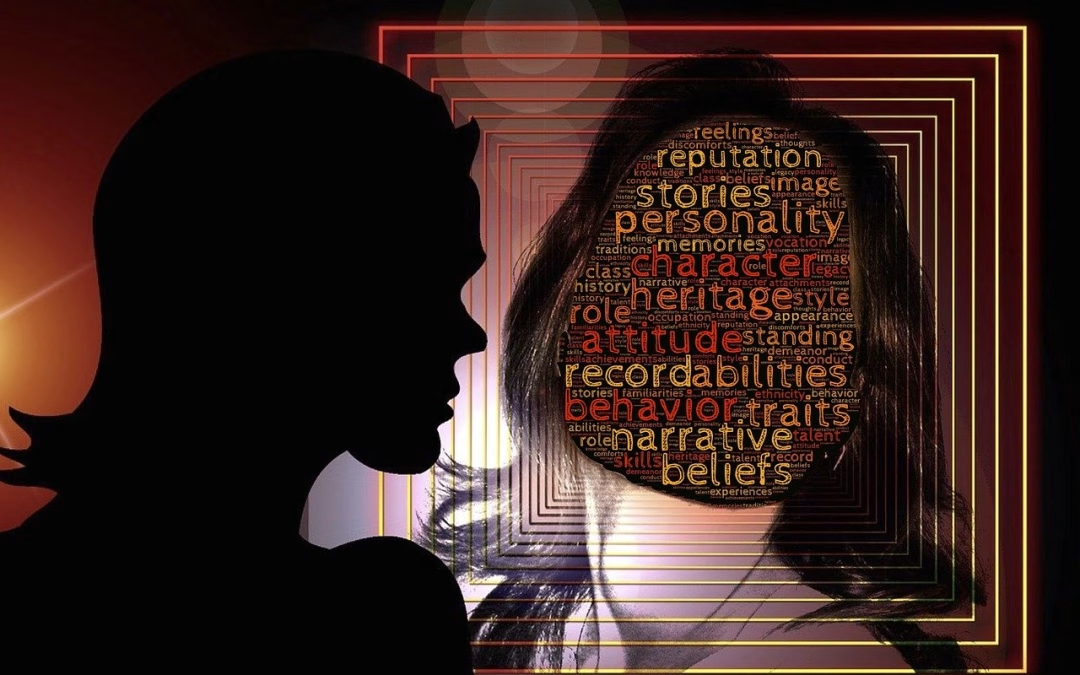Depersonalization Disorder: Understanding a Disconnection That’s Hard to Explain
Depersonalization disorder is a profound experience of feeling disconnected from oneself. People often describe it as feeling “outside” of their own body or as if they are observing their life from a distance rather than living it. The perception of one’s body, thoughts, or even emotions can become strange, distant, or unreal.
These experiences do not mean the person has lost touch with reality
In fact, one of the most distressing aspects of depersonalization is that individuals are usually aware something isn’t right, but don’t know how to return to feeling “normal” or “like themselves” again. This awareness can create intense anxiety, fear of losing control, or fear of not being able to recover emotional stability.
Depersonalization is not a sign of weakness
Nor does it mean someone is going crazy. It is often a response of the mind to emotional overload. It’s as if the body and mind step back to protect themselves from something that feels too overwhelming to process. This can happen during prolonged stress, after traumatic events, extreme fatigue, anxiety, or sometimes with no obvious cause.
It’s important to note that not all experiences of depersonalization constitute a disorder. Many people may experience something similar briefly and sporadically. But when this state becomes persistent or begins to interfere with daily life, seeking professional support is recommended.
Treatment does not follow a single formula
Each person needs an individualized approach that respects their pace, personal history, and internal resources. A therapeutic setting can offer a safe space to put into words what often feels hard to express. Through the therapeutic relationship, it becomes possible to explore what lies beneath the disconnection and to gradually recover a sense of presence, identity, and internal coherence.
In addition to emotional and reflective work, therapy will also include practical tools, tailored to each person. This may involve specific exercises, grounding activities that reconnect body and mind, simple yet effective routines to strengthen connection with the environment, and strategies to manage moments of disconnection. These practices do not replace inner work, but they can support it meaningfully by offering small, concrete experiences of stability and self-connection.
Recovery is not always linear, but it is possible
Many people manage to move through this stage and reconnect with themselves in a stronger and more authentic way. The first step is to acknowledge that what you are experiencing deserves attention, care, and understanding.
If you’re experiencing depersonalization, you’re not alone. What you feel has a name, it has meaning, and there is help available. There are professionals ready to accompany you—step by step—through words, and through practice.
IPITIA Team
April, 2025





